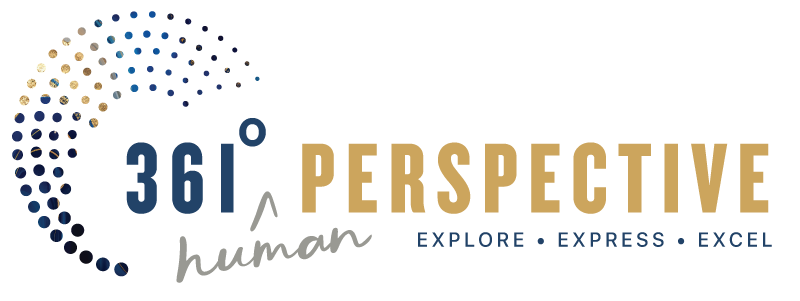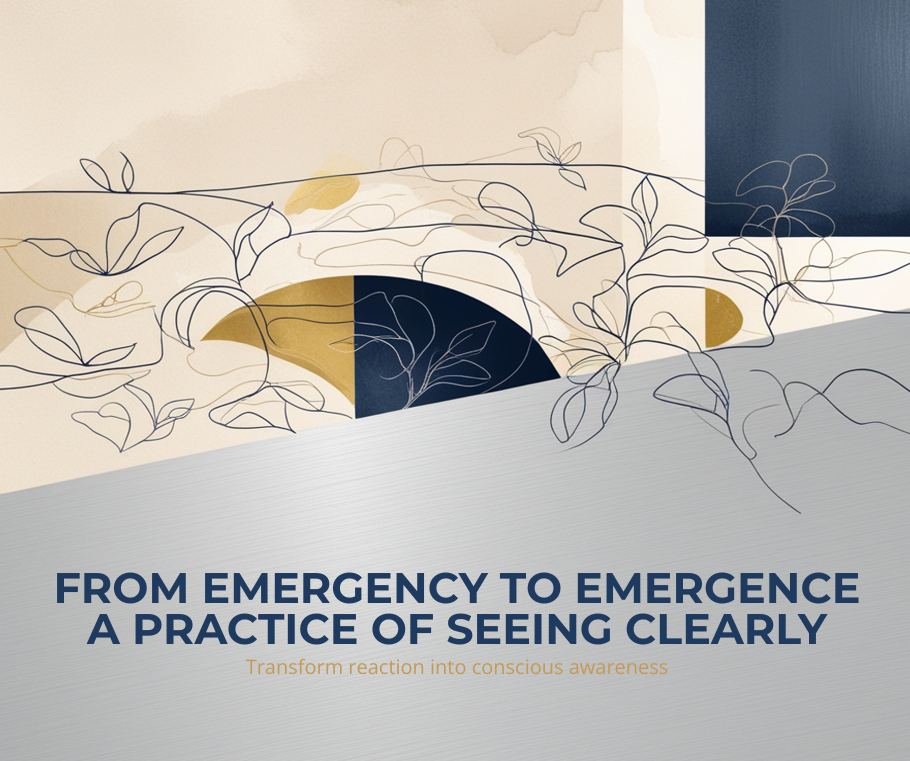Me.exe: Our Default Setting.
Imagine your mind as a computer. Like any operating system, it comes with pre-installed software. Some of it is useful. Some of it, not so much. Hidden in the background of every human life runs a piece of code we at 361° call ‘me.exe’.
It’s the mind’s default programme — the one that boots up the moment you open your eyes in the morning. It tells you who you are, what to care about, and how to survive. It’s the programme of identity. And like all software, it was installed long before you could choose it.
The Early Installation
From the moment we’re born, life begins attaching labels. Boy or girl. This is your name. These are your parents. This is your culture. This is what’s acceptable. This is not.
By the age of seven, these identifications solidify into what feels like the core of who we are. But it’s not who we are — it’s who we think we are—a programme of identifications running in our imagination.
This early conditioning gives rise to what we call the four directions of the mind:
– Me: the story of who I think I am.
– Other: the story of who I think you are.
– Past: the story of what happened to me.
– Future: the projection of what might happen next.
These directions form the circumference of the thinking mind. They create a sense of self and world that feels real, but they’re also the source of a subtle distortion. Because what we’re actually relating to is not reality, but the mind’s idea of reality.
The Voice in Your Head
Think about the little voice that’s always running — commenting, comparing, rehearsing, worrying. That voice is me.exe in action. It says things like:
– I should have done better.
– They don’t understand me.
– Why is this so easy for them and not for me?
– What will happen if I fail?
It’s relentless. And because it’s been with us since childhood, we almost never question it. We take it as “me.”
But here’s the liberating truth: me.exe isn’t you. It’s just a default programme. Beneath it lies something much more original — your awareness, your presence, your once-in-forever self.
Why the Default May Be Broken
Me.exe was designed for survival. It helps us fit into our families, our cultures, our environments. It literally enabled us to feel safe as kids. But as adults, it often keeps us stuck in limitation.
– It makes us live through labels instead of presence.
– It reduces relationships to transactions (e.g. when ‘what’s in it for me?’ becomes the focus).
– It traps us in loops of past and future, cutting us off from the here and now.
Like outdated software, like a virus, it consumes energy and creates glitches. It distorts the quality of our attention, and attention is the very resource that shapes the quality of our lives.
Seeing the Programme Running
The first step is not to try to delete me.exe. You can’t. It’s part of the mind’s operating system, and you will fall back to this default mode in moments that you perceive yourself to be unsafe, unseen, etc. The shift comes from seeing it for what it is: a programme, not your true self, and from acknowledging that it has actually had tremendous value, keeping you safe and helping you survive whatever you needed to survive.
When you notice that little voice narrating your day, pause. Ask yourself:
– Who is listening?
– What is actually so, right now?
That moment of seeing breaks the spell. Attention returns from the circumference of the mind to the point of presence.
Key Insight
Me.exe isn’t who you are. It’s just a programme running in your imagination. Beneath it lies your original self — present, aware, and free.




